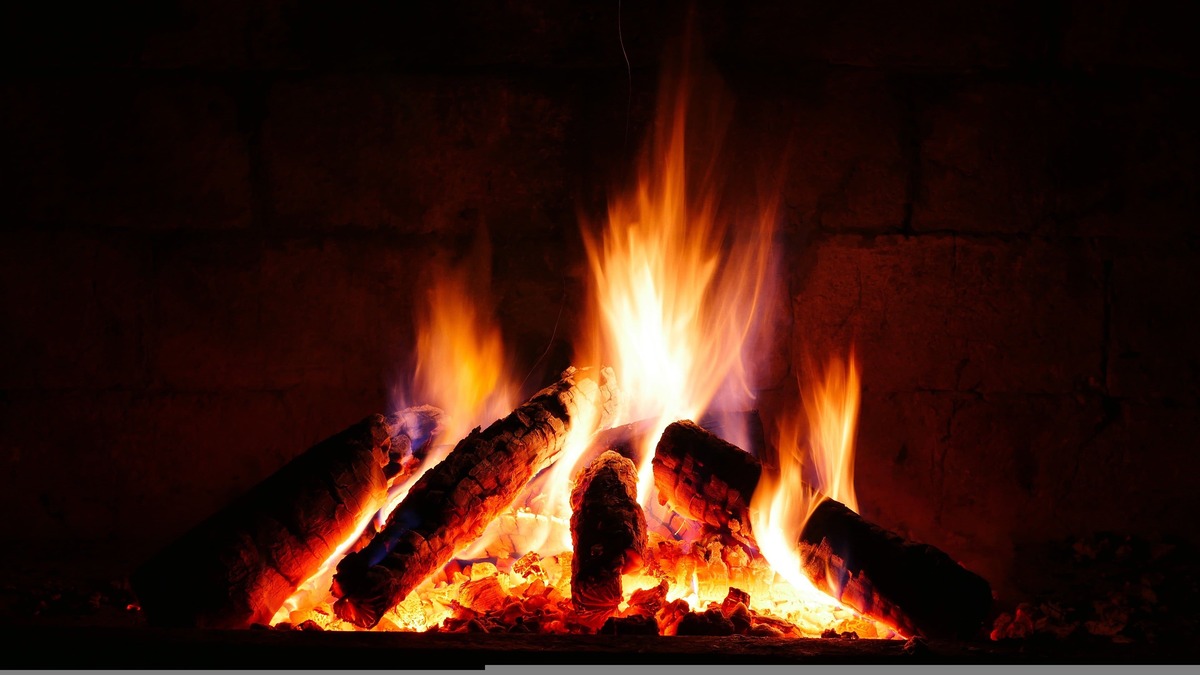By Simone Bandini
“This order, which is identical for all things, was not made by any of the gods or men, but was always and is and will be eternally living fire, which is kindled according to measure and extinguished according to measure”.
Fragment 30, Heraclitus of Ephesus

We all carry within us the intimate memory of a moment by the fire, a vivid sensation of the skin warming up and brightening. Light and warmth that emanate in perfect symbiosis, tinting the walls and lightening the shadows that dwell outside and inside us – as opposed to the winter and darkness that advance, around and in our soul.
An eschatological struggle that is carried out in a symbolic, and material, cosmic way, in contrast to the advancing darkness: light, flame, heat, forge the Apollonian force, rigorous and solar that faces the hostile troops of darkness and uncertainty. To guard the fire is therefore to guard, indeed, a certainty: that of a new morning, of a new day where we can extend our action and affirm the cyclical sense of things, visible and invisible, mundane and intramundane.
An action that has been lost and renewed since the dawn of time.
For Heraclitus of Ephesus, fire therefore represents the Logos, the rational principle that governs the world, becoming, or the change and transformation of all things. Fire is the Archè, the demiurgic principle, the spring and the eternal together, the element that changes continuously, while always remaining similar to itself. It is not the burning flame, merely or purely material substance, but the ordering force of the universe that regulates its incessant change. An archetypal and mystical intuition that makes Heraclitus say to his followers: “If you look for the gods, look for them in the fire”. The soul itself is a fragment and monad of cosmic fire, so much so that, with a surprisingly eloquent and adherent metaphor, he says that the ‘dry’ soul of the wise man is purer, while the ‘wet’ soul of the foolish man is less connected to the universal Logos – as in the case of a drunkard! A lot of ethics, little aesthetics, so far from our modern feeling.
In ancient Rome, the sacred fire retains its ancestral function: in the temple of Vesta, the always burning flames preserve harmony with the gods. Burning perpetually, they manifest the stability and prosperity of the state and families. Guarding the fire is therefore the most important symbolic act, in the public and private sphere: a task entrusted to the Vestal Virgins, priestesses in charge of its constant vigil (Vesta is the goddess of the fireplace, protector of the Domus and of Rome).
The fire of Rome, sacred and symbolic at the same time, transcends its physical value by condensing the five ‘cardinal’ virtues of the Roman people: Pietas (respect for the gods and ancestors), Fides (fidelity), Amor (sacrifice and service), Gravitas (dignity) and Fortitudo (fortitude).
The sacred sense of fire is sublimated and transcends in Christianity, with the human family being an allegory of the cosmic family. Fire is also a powerful symbol and manifestation of the Holy Spirit, who illuminates, warms and purifies the lives of believers – so much so that the Holy Spirit descends on the apostles in the form of tongues of fire (Pentecost).
What is left today of the ancient fire cure?
Poetry, myth, sensations of distant harmonies that still warm our hearts.
Happy solstice and Merry Christmas to our readers.
Recommended listening: Richard Wagner, Die Walküre – III. Aufzug: Feuerzauber
